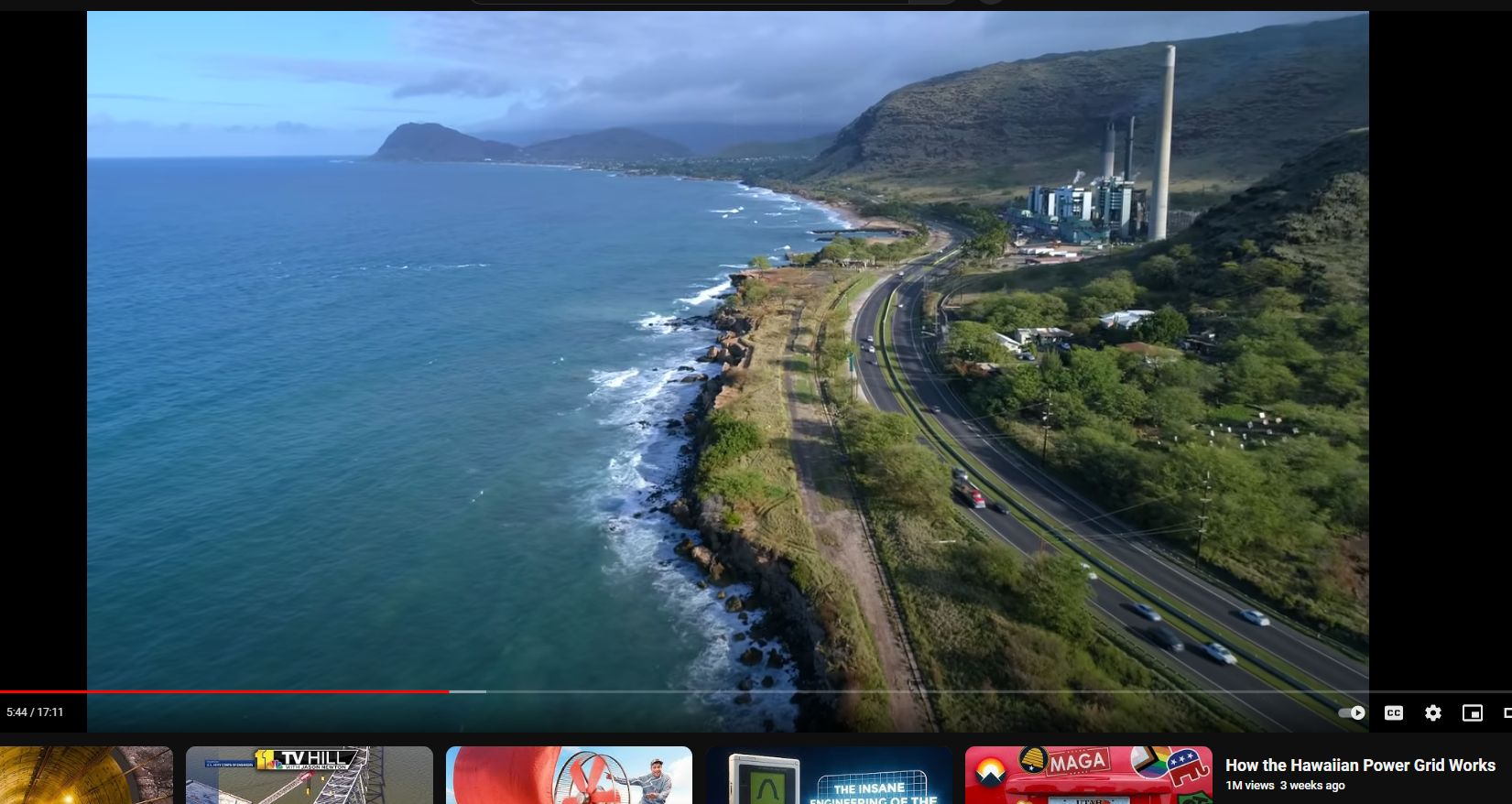Unveiling the Hawaiian Power Grid: A Closer Look at Generation, Distribution, and Connectivity
Hawaii, known for its stunning landscapes and vibrant culture, also boasts a unique power grid that serves its islands. In this blog post, we delve into the intricacies of the Hawaiian power grid, exploring its power generation sources, the location of power plants, the high-voltage distribution grid, tie lines to the mainland, and undersea power cables that connect this paradise to the energy networks beyond.
Power Generation Sources: The Hawaiian Islands harness a diverse range of energy sources to meet their electricity needs. These include:
- Renewable Energy: Hawaii has made significant strides in integrating renewable energy into its grid. Solar power, both rooftop installations and utility-scale solar farms, contributes substantially, taking advantage of the islands’ abundant sunshine. Wind energy is another major player, with wind farms strategically located to capture the trade winds that sweep across the islands. Additionally, hydroelectric power, although limited in capacity, plays a role in the energy mix, primarily through small-scale hydro plants.
- Fossil Fuels: Despite the push towards renewables, fossil fuels still play a role in Hawaii’s energy mix. This includes oil-fired power plants, which provide reliable baseload power when renewable sources are not sufficient to meet demand.
Location of Power Plants: Hawaii’s power plants are strategically located across its islands to ensure efficient energy distribution. Major power plants are often situated near population centers or industrial hubs, with transmission lines extending to remote areas to ensure widespread access to electricity.
High-Voltage Distribution Grid: The high-voltage distribution grid forms the backbone of Hawaii’s power infrastructure. It comprises a network of transmission lines, substations, and distribution lines that carry electricity from power plants to homes, businesses, and other facilities. These transmission lines operate at high voltages to minimize energy losses during long-distance transmission.
Tie Lines to the Mainland: Hawaii is geographically isolated, making it crucial to have tie lines that connect the islands to the mainland grid. These tie lines allow for the exchange of electricity between Hawaii and neighboring regions, enhancing grid stability and reliability. Interconnections with the mainland also facilitate the import of fuel for power generation, reducing the islands’ dependence on local resources.
Undersea Power Cables: In addition to tie lines, Hawaii relies on undersea power cables to connect different islands within the archipelago. These submarine cables enable seamless energy transfer between islands, balancing supply and demand across the region.
Conclusion: The Hawaiian power grid represents a blend of innovation, resilience, and sustainability.
